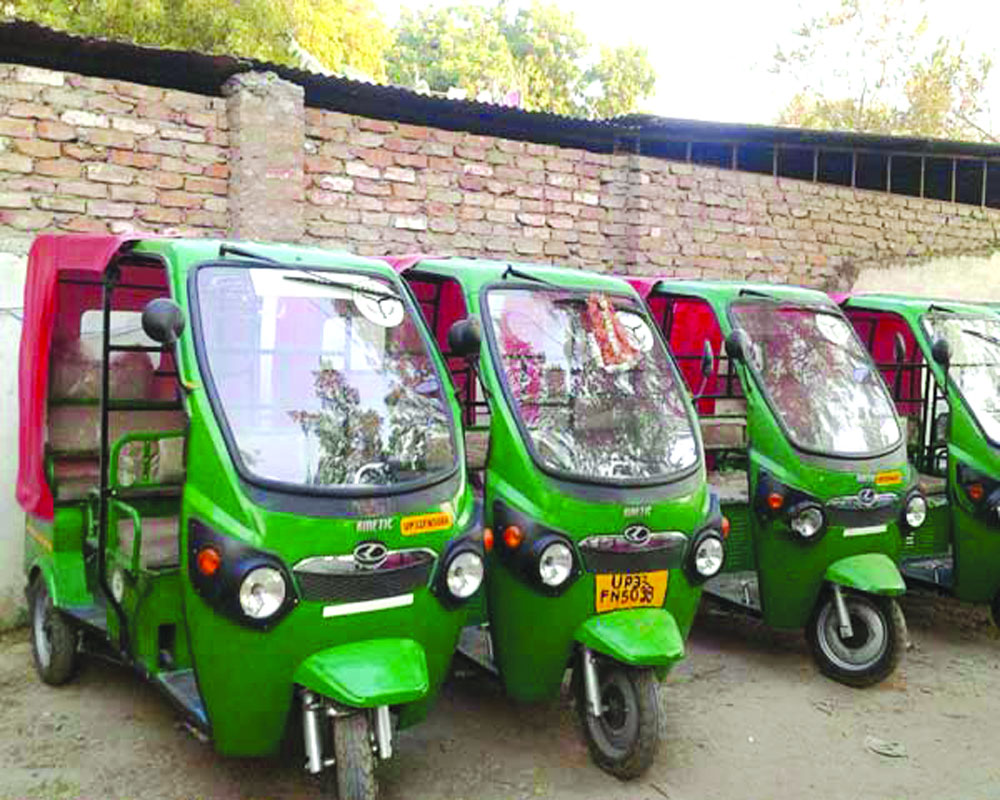The Delhi Government’s move to electrify transport is welcome, but rushing headlong into this might lead to troubles later
The Arvind Kejriwal-led Delhi Government’s plan to incentivise electric vehicles with price subsidies, scrappage benefits and reduction in registration charges is welcome. Delhi, which becomes the world’s most polluted capital every winter, needs a well-defined policy to move to lower emission vehicles. Reducing vehicular emissions is a start to reducing overall pollution in the city and as the country’s single-largest urban vehicle market, where Delhi leads, the rest of India will follow. But there are some serious questions that I believe should be pondered upon before rushing headlong into an electric future.
The first issue is China. India does not have the manufacturing and technological capabilities to manufacture the batteries that are needed for electric vehicles, particularly four-wheelers and heavier vehicles. These batteries, their power control units and associated technology, are made in giant giga-factories that presently do not exist in India and frankly until volumes emerge, they will not exist in the country, too. All the fancy electric two-wheelers available in India today are built on Chinese platforms. Given our recent issues with China, Indian manufacturing cannot be made to suffer at its hands by a well-meaning policy that has not thought about the impact on manufacturing jobs in India. Conditions have to be put in place for high levels of indigenisation on electric cars and buses sold under such a scheme. Unfortunately, that might make the subsidies a moot point as costs, initially at least, will be higher than that of China.
The second issue is of safety and for that, there is a simple example — e-rickshaw. Just look at one. These are patently unsafe vehicles often cramming five-six people in a space where not more than three should sit. While cars in India have been moving towards having increased levels of safety and security with anti-lock brakes and airbags now mandatory, the average e-rickshaw will likely fail any safety test. Buses and truck platforms have strict safety norms, so why not have similarly norms for e-rickshaws and e-scooters? Keep in mind that on electric vehicles there is a high chance of electrocution in case of an accident. Hence, there needs to be new training for first responders as well. You learn the basis about how do deal with an electric fire as a child. So these lessons need to be applied on the road as well.
The third aspect that all governments in India, including the municipalities, should look at is going after low-hanging fruit for electrification. There are hundreds of buses used at Indian airports to transport passengers to and from planes, and other associated airport equipment such as luggage tractors, cars for crew transport and so on... there are also thousands of school buses across Indian cities that barely run a 100 kilometers a day. Mandating all new vehicles in such categories, or even half of all new vehicles in such categories, as electric will not only help seed the electric vehicle manufacturing industry but will gradually convince others to shift too.
The fourth aspect that I believe must be explored is to look beyond battery-electric vehicles as the single solution. In a country of low incomes, which is likely to be stressed for some time thanks to the Coronavirus decimating the economy, moving to other solutions such as hydrogen or even hybrids will possibly make a lot of sense. Battery-electric vehicles, particularly cheaper ones have been shown in trial after trial to fail in extreme temperatures and weather conditions. Anybody who has lived through the Delhi summer during May and June would know that the city has extreme heat.
A trial run by a shared mobility operator in Nagpur with electric vehicles was really a success. Batteries get overheated and charging fail at 40 degree heat even at night. But the immense rain over the past few days should also be a concern. We all saw the image of a bus stuck under the Minto Road Bridge, which indicates the poor condition of the drainage system in Delhi. Well, to be fair, every other Indian city gets overwhelmed by the amount of rain we get. We also know thanks to Class VI physics that water and electricity don’t mix very well. Think about it, unsafe, cheap electric vehicles plying through waterlogged roads?
I believe this is a start and we must look at low-emission solutions. The Delhi Government has to be complimented for being forward thinking. But we should also look at the potential pitfalls of rushing into electrification.


























